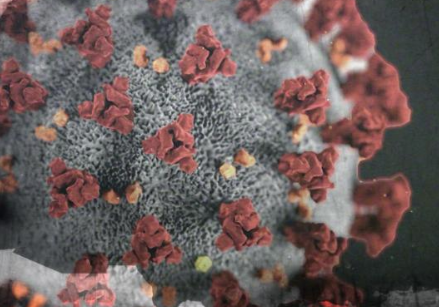For 40-plus years I have advised clients never to claim that any course of action is “safe.” If you have decent evidence, you can sometimes claim that X is safer than Y, or safer than it used to be, or safer than some standard, or possibly even “safe enough” that you’re willing to take the risk. But not “safe.”
And if there were ever a time to avoid claiming any course of action is “safe,” it’s in the middle of the worst pandemic since 1918.
If you ask people why they’ve been told to stay home, most people can come up with the answer “to flatten the curve.” But if you ask them what flattening the curve is for, a lot of them get hazy. All too many think it has to do with reducing the number of people who get infected, get sick, and die. Similarly, many hear that we have reached or are about to reach “the peak,” and think that means we’re headed for a time –maybe in May, maybe in June –when it will be possible to resume something like normal living without much risk of getting infected. We see news stories that explain that when that time comes, we’ll need to do a lot of testing and contact tracing, and maybe we’ll still have to wear masks and stay six feet apart and wash our hands a lot. But these stories seem to be telling us that if we don’t jump the gun, if we listen to the experts about when and how to reopen the country, not very many of us will get infected.
All this is mistaken. The purpose of flattening the curve is to spread out the infections so hospitals won’t be overrun. A flattened curve doesn’t mean fewer people get infected. It means fewer get infected at the same time, so the ones who get seriously ill have functioning hospitals to try to save them (and also so people with cancer or heart disease or broken bones have functioning hospitals for their medical needs too).
For the rest of this must-read piece, click here.


